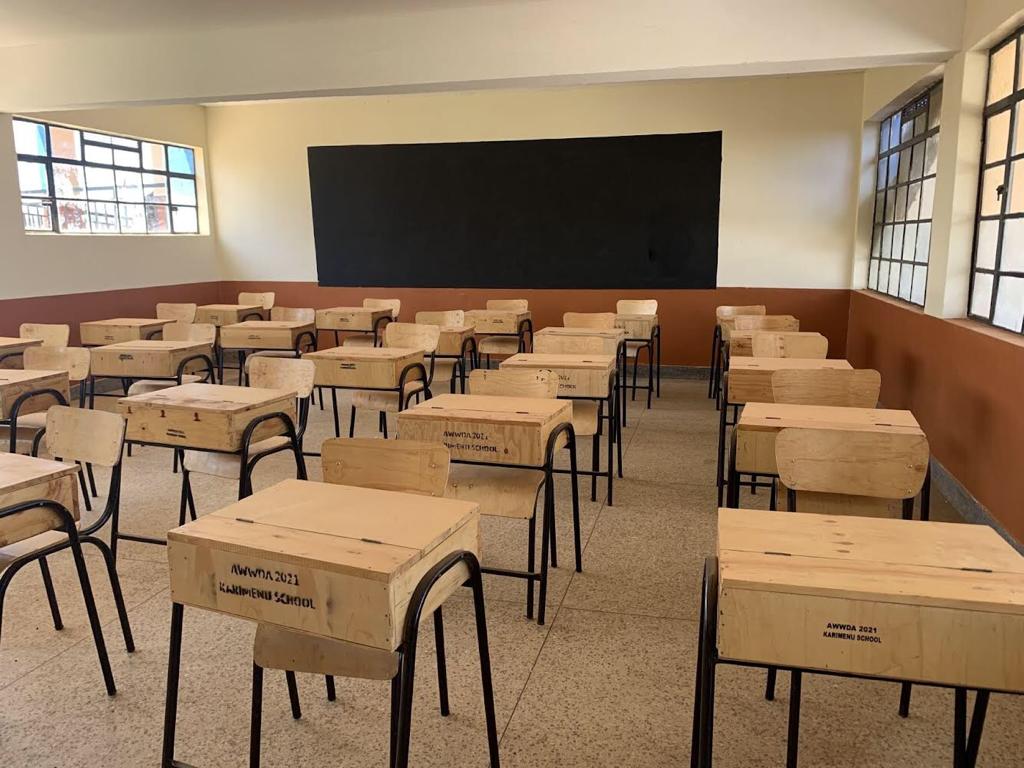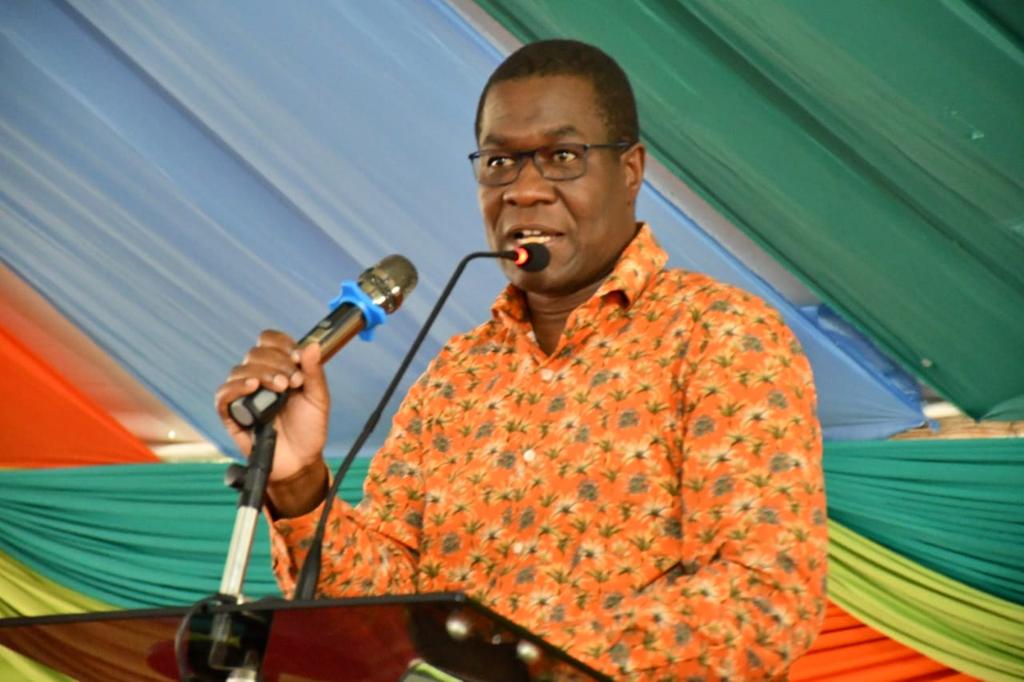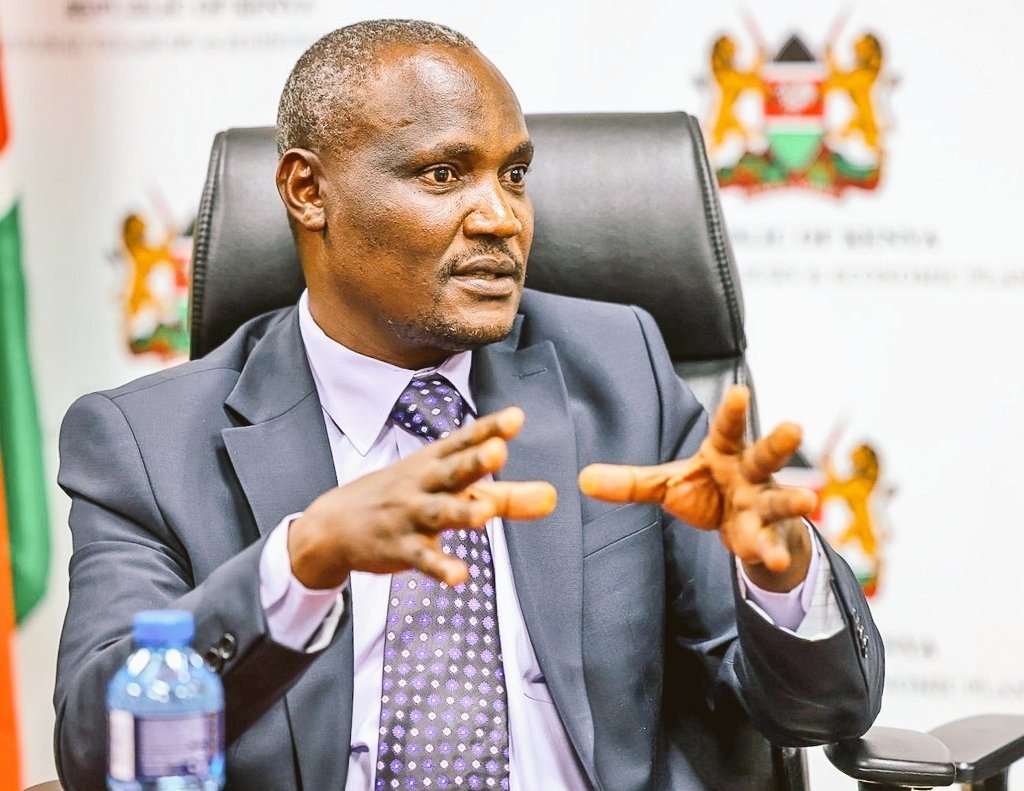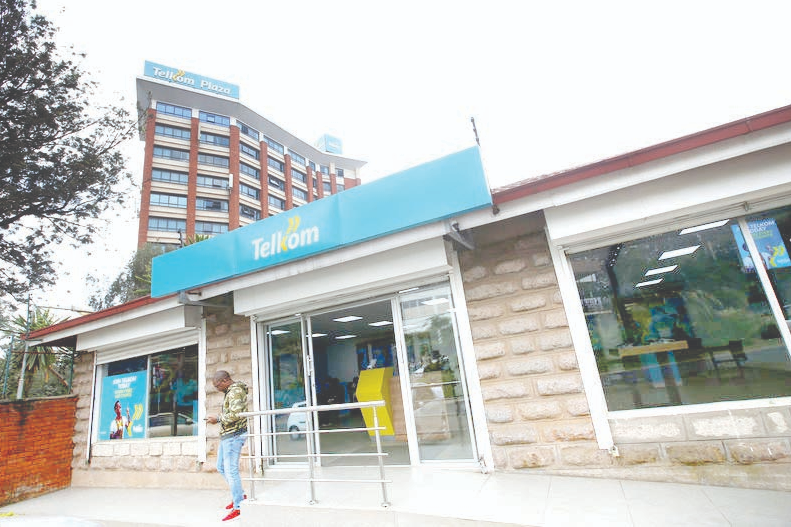St Dominic Buchana Elementary School rebuilt to completion

The construction of a school which was vacated to pave way for the construction of a Sh24 billion dam in Gatundu North has been completed.
The school, St Dominic Buchana Elementary School, was relocated from the site that now sits Karimenu Dam 2022.
The AVIC INTL Project Engineering Company, which constructed the project, built a new school with 14 classrooms for the students of the school and made thoughtful arrangements to ensure that they could continue their studies.
Local residents are elated that the project has boosted the development of the area and their children have decent learning facilities.
“When the project was mooted, we were worried that our children would be told to join other schools elsewhere. We are happy that our concerns were addressed and we now have a new school with modern infrastructure,” Patrick Mwangi, a parent said.
The Karimenu water supply project has highly improved the water supply in Nairobi and its surrounding towns, and will benefit over 1 million residents.
In addition, nearly 2,000 jobs were offered to local employees in the project, including techniques and training.
Similarly, Mathari Primary School in Nairobi has received a new lease of life after the school classrooms were renovated and the facilities improved.
The construction of the school cost Sh200 million and involved the renovation and expansion of the existing school buildings, over 4,000 square meters of school buildings, including two teaching buildings, a student canteen, toilets and a playground, as well as a series of facilities such as 32 classrooms, offices, assembly halls, basketball courts, canteens, kitchens, and washing rooms.
The project was undertaken in two years by the China National Aero-technology International Engineering Corporation (CAIEC) Kenya Branch from funds donated by Two Rivers Development Co Ltd.
The number of classrooms in Mathari primary school has increased from 8 to 36, with a total of 1,200 seats, providing educational opportunities for an additional 1,000 children in the local community, as well as employment opportunities for eight teachers.
The company has invested in environmental protection, education, and other projects that uplift people’s livelihoods.
In 2016, rainfall in Kenya was lower than average, causing severe damage to 23 counties in arid and semi-arid regions, especially the northern regions.
The drought led to famine, the spread of diseases and the death of a large number of livestock, which not only affected people’s livelihoods but also caused displacement. A total of 2.7 million people in Kenya were in dire need of food assistance.
To help Kenya to overcome the difficulties of the extreme drought disaster, the CAIEC Kenya Branch, together with a partner of the Two Rivers project, donated US$220,000 at the opening ceremony of the Two Rivers Mall on February 17, 2017, as a fund to help Kenya fight the drought.
Then President of Kenya Uhuru Kenyatta witnessed the donation and praised the Two Rivers project as a win-win cooperation between enterprises in Kenya and China and a symbol of the new chapter of people-to-people exchanges between two countries.
Combining its experiences and advantages in architectural engineering, the company has carried out a series of regular and localized community assistance activities to assist in boosting the harmonious development of society and the integrated and orderly development of enterprises, communities and local residents in Kenya.
CAIEC Kenya Branch has explored new approaches for project-based community services through investment, construction and operation of the Two Rivers urban complex – a key project in Nairobi, capital of Kenya.
Local residents are offered a new diversified experience combining retail, entertainment and lifestyle (REL) within the Two Rivers Mall’s 220 stores, the “Eye of Kenya” – the largest landmark Ferris wheel in East Africa, advanced and fashionable performance halls, racetracks and a musical fountain.
Utilizing its rich experiences in equipment and construction, the CAIEC Kenya Branch has incorporated the demands of local people into project construction to resolve long-standing problems and difficulties in infrastructure impeding their lives and development.












